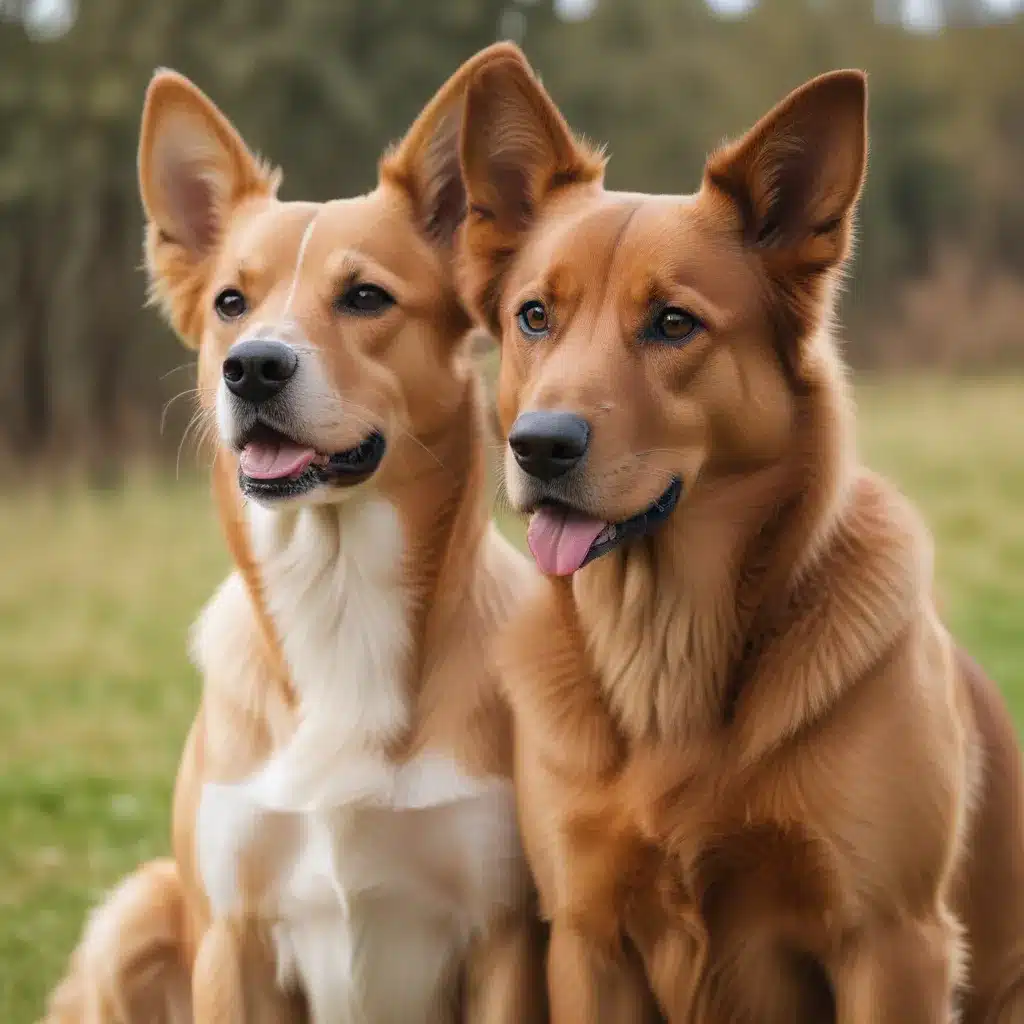
Understanding Canine Communication
As a dog owner, I’ve always been fascinated by the way our canine companions communicate. Dogs have a whole language of their own, from barks and growls to those adorable head tilts. But to really understand what my pup is trying to tell me, I need to learn to read his body language. It’s like decoding a secret doggy cipher!
You see, unlike us humans, dogs don’t have the luxury of a shared spoken language. They have to rely on those subtle shifts in posture, facial expressions, and tail movements to get their message across. And boy, can they be cryptic sometimes! A wagging tail doesn’t always mean a happy pup, and those big googly eyes could mean they’re feeling pretty anxious.
That’s why I’ve made it my mission to become a canine body language expert. I want to be able to pick up on even the slightest cues, so I can be the best, most attentive dog parent possible. After all, our four-legged friends are counting on us to understand them.
Fundamentals of Canine Body Language
Let’s start with the basics. When you’re trying to read your dog’s body language, you need to look at the whole package – not just one isolated signal. It’s all about picking up on the nuances and patterns in your pup’s posture, movements, and facial expressions.
According to the American Kennel Club, a relaxed, content dog will have a loose, waggy body, with their ears in a natural position and their tail wagging in a wide, sweeping motion. They’ll likely have a soft, open-mouthed expression, almost like they’re smiling.
On the flip side, an alert dog will have perked-up ears, a focused gaze, and a tail held even with their spine, potentially wagging slightly. They’re taking in their surroundings, gathering information, and getting ready to spring into action if needed.
But it’s when our canine companions are stressed or uncomfortable that things can get a little trickier. According to Modern Dog Magazine, these pups might start exhibiting “calming signals” like looking away, lip-licking, or even yawning. Their body might get stiff and low to the ground, and their tail might tuck right up against their belly.
Reading the Whole Picture
Now, I know what you’re thinking – how am I supposed to keep track of all these different signals? It can definitely feel a bit overwhelming at first. But the key is to look at the whole picture, not just one isolated behavior.
As PetMD explains, a wagging tail doesn’t necessarily mean a happy dog. You have to consider the speed and direction of the wag, as well as the overall posture of the pup. A fast, twitchy wag could actually indicate stress or aggression, while a slow, wide sweep is more likely a sign of contentment.
It’s also important to pay attention to things like ear position, eye contact, and facial expressions. A dog with a hard, unblinking stare and a curled lip might be getting ready to snap, while one who’s avoiding eye contact and looking anxious is probably trying to de-escalate the situation.
And let’s not forget about those quirky breed-specific differences! Outward Hound notes that some dogs, like Chow Chows, have naturally curled tails that don’t necessarily indicate their mood. Getting to know your pup’s individual body language baseline is key to accurately interpreting their signals.
Putting It All Together
Alright, so we’ve covered the basics of canine body language. But how do you actually put all this knowledge into practice? Well, the best way is to simply spend time observing your dog, both at home and out in the world.
Pay attention to how they carry themselves when they’re relaxed versus when they’re excited or anxious. Notice the little nuances in their facial expressions and ear positions. And don’t be afraid to consult resources like this handy guide from Reddit to help you decipher what your pup might be trying to communicate.
Over time, you’ll start to develop a sixth sense for your dog’s moods and intentions. You’ll be able to anticipate when they might be feeling stressed or uncomfortable, and adjust the situation accordingly. And that’s not just good for your pup’s well-being – it can also help strengthen the bond between the two of you.
Because at the end of the day, our canine companions are counting on us to understand them. By mastering the art of reading their body language, we can become better advocates, better caregivers, and better friends. And that’s the kind of partnership I strive for with my furry best friend.
So, what are you waiting for? It’s time to start brushing up on your dog body language skills! Who knows, you might just uncover a hidden talent for animal communication. And hey, if you ever need a hand, you can always swing by ihavedogs.com for more expert tips and resources. Your dog will thank you!

